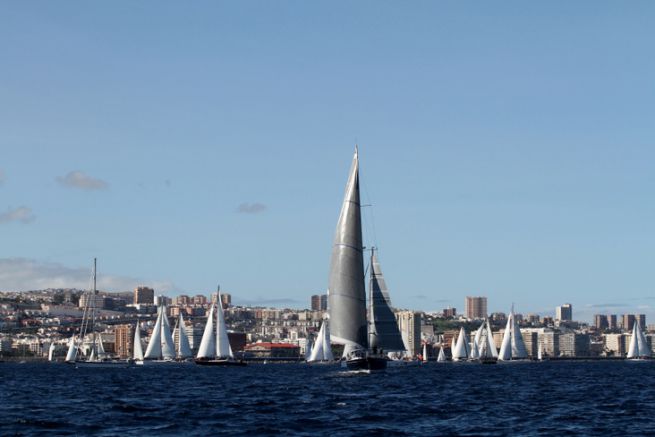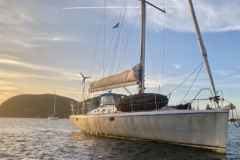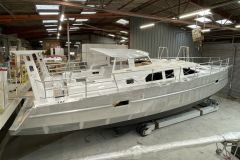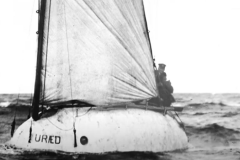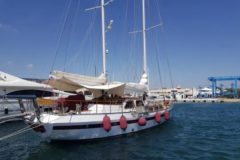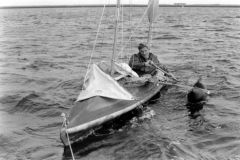The main objective for ARC 2018 participants is to cross the Atlantic safely. Because most skippers and crew members are almost unanimous: fleet navigation, compared to free navigation, is a guarantee of safety. The organisers, in daily contact with all the skippers, are able to bring in a nearby sailing boat in the event of a shipwreck, dismasting or rudder failure.
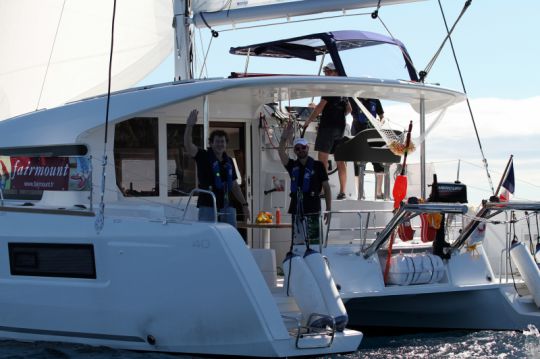
The ARC requires very complete equipment. Each boat must therefore be able to give its position every day. Beacons, self-inflating vests, lifelines: the safety station is screened by the organisers.

The stopover in Las Palmas also allows you to refuel and repair - or buy additional equipment. Every year, more than 1,000 sailboats make a stopover in Gran Canaria. This island, like its sister Tenerife, is ideally located on the trade winds' trajectory before the big jump of the Transat.

The ARC, of which this is the 33rd edition, is the undisputed leader: in front of it, many organisers - RIDS and Atlantic/Carribean Odyssey - are setting up (or are setting up, for Jimmy Cornell) similar projects but are struggling to gather around twenty sailing boats. The CRA, on the other hand, is the victim of its success. And the ever-increasing presence of multihulls further complicates the welcome in the ports; a catamaran takes the place of two monohulls..

Andrew Bishop, the big boss, had to decide, due to lack of space in the Las Palmas marina, to organize three separate events... The first, the ARC +, had 72 participants - compared to 69 last year, who left Las Palmas on November 11, heading for Mindelo, Cape Verde, for a new start towards Saint Lucia on November 21. The brand new ARC+ Saint-Vincent is four days behind the first and joins Saint-Vincent. Finally, the third departure is the one we witnessed: it is the historic ARC..
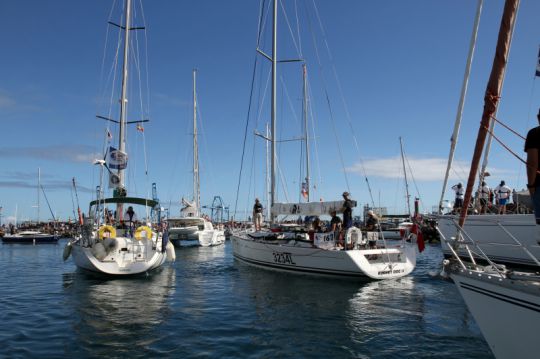

In the marina, easy to recognize the competitors; all of them are wearing the ARC 2018 pavilion. But if the sailboat has already participated in the event, it also presents the old pavilions, in order of course!

Another ritual: on the dike, most crews paint a drawing, a logo or a few words in memory of their passage. The lower wharf was also popular with mariners, but it was apparently just repainted.
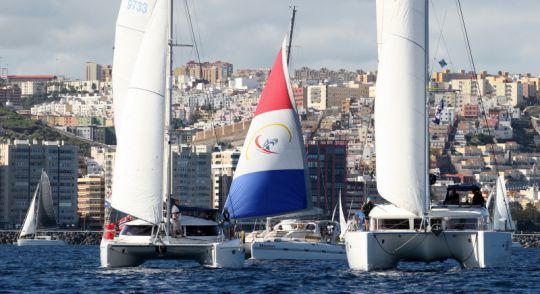
This 2018 edition brings together 174 sailboats of 36 different nationalities, divided into several categories. The 21 pure sailors are not allowed to use the engine. The others - 113 monohulls and 35 catamarans, yes. A clever formula nevertheless makes it possible to classify the cruisers, required to communicate - without cheating please! - their daily engine time. A fourth and new class gathers 6 sailboats, which consider themselves out of competition The bulk of the troops are English sailboats (almost a third of the fleet), then German and finally American. The French are less present than last year - 10 boats against 16 for the 2017 edition.
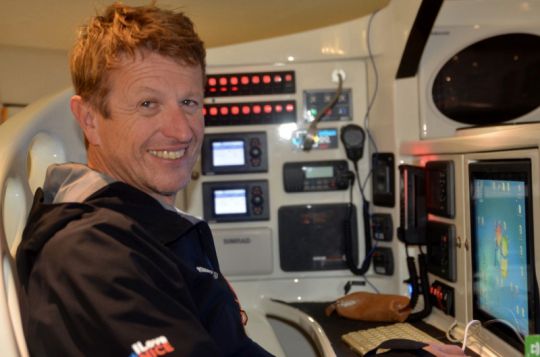
Among them, Jean-Pierre Dick, aboard his JP 54 (photo credit: Pierre-Yves Mertens/Yachting Sud)
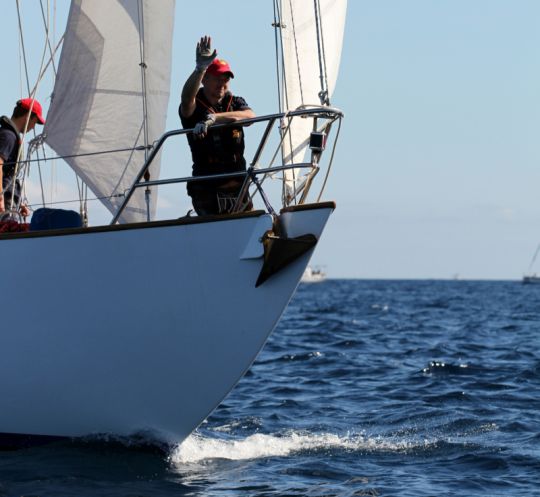
How much does it cost? On average, a registration with the ARC costs 1,500 euros. These high costs are partly offset by the more advantageous port tariffs. The impressive fleet, reduced by only eight yachts that delayed their transatlantic race, started in excellent conditions - a small north-westerly swell and bright sunshine as expected. Despite a somewhat timid trade wind of 10 knots, the sailboats under spinnaker quickly spread over the horizon. The others, under tangled genoa, logically sped more slowly. We will find them very soon on the other side of the Atlantic!

The CRA 2018 in numbers
18 to 21 days: this is the average time it will take to cover the 2,700 miles of the course.
174 yachts are registered. 8 did not start.
983 crew members, including 33 children. 20% are women.
8.93 m is the size of the smallest sailboat, the Halmatic 30 Exalibur led by the British Timothy Butler.
The tallest sailboat is G2 a 39-metre one off.
The average length of the boats is 15.36 m, compared to 14.30 m in 2008.
1936 is the year of construction of Peter von Seestermühe, the oldest sailboat.
12 years: this is the average age of the fleet - unchanged compared to the previous edition.
21 units are Bénéteau. The Vendée site is the most represented.
35 multihulls have been registered, compared to 15 in 2008 and 30 last year. The most represented are the Lagoons, with 19 units, including 7 Lagoons 42.
